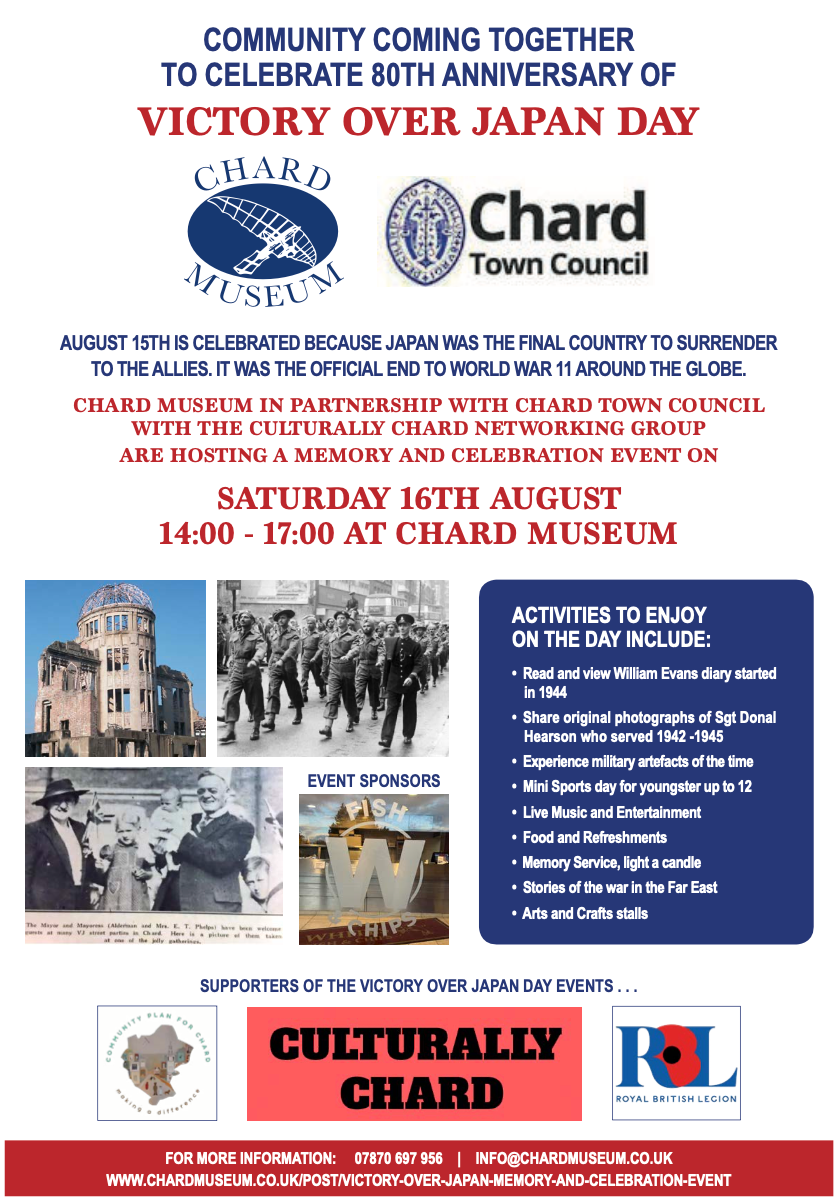Colonel E. G. M. Reynolds: A Senior Nurses Story
- Howard Bailey
- Aug 11
- 3 min read

Colonel E G M Reynolds was born in 1903. She trained at the Royal Free Hospital in London starting in 1923. In 1931 she was working in QAIMNS (Queen Alexandra's Imperial Military Nursing Service). Later the same year she was posted to HMT Dorsetshire.
In 1937 she was posted to India returning to Europe in 1939 and served in Northern France with the BEF (British Expeditionary Force) supporting the Dunkirk withdrawal in 1940.
Later that year she was posted to a hospital in India and did not return to the UK until 1945.
In 1945 when she returned to the UK she continued her military service until retiring in 1958.

Excerpt from a letter written by E.M.G. Reynolds describing her experiences at
the close of the Japanese War. © 1945.

I was the Matron of a very large hospital in India (2000 beds). I was given 24 hours warning to pack and hand over my hospital and proceed to Madras. There I collected 11 nursing sisters and embark on HMT Highland Monarch (Royal Mail Lines) and we proceeded to Hong Kong via Rangoon and Singapore. We thought we were collecting service men ex POW’s.
When we arrived at Hong Kong they (the fleet) had already left and we were to bring home civilian women and children and a few civilian men.
The ship was bare and comfortless with few cabins but large dormitories.
The Officer in Charge of Troops, was very young and shy, aged 23 and the senior Medical Officer was Polish and spoke little English.
The captain was terrified at the thought of 1500 women and children on his ship. A conference was held, and it was agreed I was to take complete charge of the women and children, and the OC troops would oversee the men.

The Australian Red Cross were most helpful with extra food clothes and blankets and even provided toys for the children.
The Chief Steward was most kind and we worked out menus a week ahead. There was little sickness among the passengers.
By the time we arrived in Colombo the port side of the deck was fitted and boarded as a nursery. The carpenter made a sea saw, a swing and a rocking horse. These were in great demand, at night, after the children had gone to bed, many of the grown-ups used to have great fun in the nursery.
By the time we had arrived in Aden we had morning school for the very young and morning and afternoon school for the bigger children. An Anglican nun gave religious instruction to some of the children every day and the Roman Catholic Padre also gave daily instruction.
We used to find small portions of food hidden in all sorts of strange places, especially under the mattresses and under chairs etc. These poor folk could just not realise that there was food for them at the next meal and theses small packets were a habit of the PoW Camp – this still happened until the end of the voyage.
At Port Tobruk they were given warm winter clothes which were all new and fashionable. The women and children were delighted. Many young children at first did not take kindly to their strong shoes, but when they did it was hard to get them to remove them for bathing and bed.
After 8 weeks we arrived in Southampton and had a wonderful reception, bands playing, relatives reuniting and so on.
At Customs I asked the official to get me through quickly, he thought I was an Ex PoW, said I looked well after my long period out of England, marked all my boxes and wished me a happy journey and a good holiday with my loved ones. I did not dissolution him about not being a PoW but was very grateful he asked no questions about my luggage.
The nursing sisters and I had a most charming letter from the Directors of the Royal Mail Line for all the help we had given them with the women and children on the voyage.
I must say I enjoyed every moment of the voyage and still hear from many of the Ex-PoW’s.







Comments